On December 26, 2004, an incredibly violent tsunami struck the coast of the Indian Ocean. More than 200,000 people died. The Bay of Bengal in the Indian Ocean is a geologically unstable area. Surrounding countries are constantly exposed to the danger of earthquakes, volcanic eruptions and tsunamis. Tsunami is a Japanese word, now in common usage, meaning “harbor wave.” Underwater earthquakes, landslides, or volcanic eruptions cause the tsunami's giant waves. On the open sea, distances of up to hundreds of kilometers can separate these waves. Waves slow down as they approach the coast, colliding into each other in shallow water. Waves can climb dozens of meters high.
Taller waves reach further inland, creating more damage. On December 26, 2004 at 7:59 am, seismographs detected an underwater earthquake 160 kilometers off the coast of Sumatra. With a magnitude of 9.3 on the Richter scale, it was one of the most powerful earthquakes ever recorded. Fifteen minutes later, the first giant wave truck Sumatra. Within about 90 minutes, the tsunami ravaged the entire coast of the Bay of Bengal. People who were out in open water heard a rumble come from land. A 15 meter-high wave completely blocked their view of the coast. The wave crashed several kilometers inland, carrying off everything in its path.
Sri Lanka, India and Thailand were worst hit by the freakish wave. The tsunami also reached Africa’s eastern coast. Cities and villages did not withstand the wall of water. Waves swallowed up thousands, millions more lost their homes. The tsunami also destroyed lines of communication and infrastructures. Water utilities and waste services collapsed, creating a severe risk for disease. Many areas were also crushed by ensuing economic problems. The presence of thousands of tourists heightened the state of emergency. Many were people on Christmas vacation; hotels and resorts were full. The political situation in several nations worsened the crisis. For example, Myanmar’s military regime refused to open its borders to western rescue workers. There is no exact death toll from the tsunami, but most estimates say 300,000 people died. Between 3 and 5 million others people lost their homes. TV networks around the world broadcast videos by tourists who documented the huge waves. The tsunami brought about one of the greatest humanitarian efforts in history.
Taller waves reach further inland, creating more damage. On December 26, 2004 at 7:59 am, seismographs detected an underwater earthquake 160 kilometers off the coast of Sumatra. With a magnitude of 9.3 on the Richter scale, it was one of the most powerful earthquakes ever recorded. Fifteen minutes later, the first giant wave truck Sumatra. Within about 90 minutes, the tsunami ravaged the entire coast of the Bay of Bengal. People who were out in open water heard a rumble come from land. A 15 meter-high wave completely blocked their view of the coast. The wave crashed several kilometers inland, carrying off everything in its path.
Sri Lanka, India and Thailand were worst hit by the freakish wave. The tsunami also reached Africa’s eastern coast. Cities and villages did not withstand the wall of water. Waves swallowed up thousands, millions more lost their homes. The tsunami also destroyed lines of communication and infrastructures. Water utilities and waste services collapsed, creating a severe risk for disease. Many areas were also crushed by ensuing economic problems. The presence of thousands of tourists heightened the state of emergency. Many were people on Christmas vacation; hotels and resorts were full. The political situation in several nations worsened the crisis. For example, Myanmar’s military regime refused to open its borders to western rescue workers. There is no exact death toll from the tsunami, but most estimates say 300,000 people died. Between 3 and 5 million others people lost their homes. TV networks around the world broadcast videos by tourists who documented the huge waves. The tsunami brought about one of the greatest humanitarian efforts in history.
RELATED


THE WALL STREET CRASH OF 1929


I MOTI DEL '48


THE FIRST INTIFADA


1968
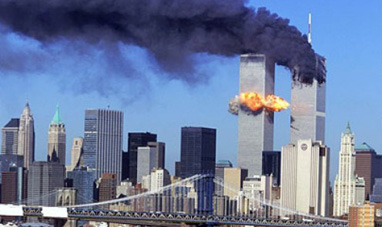

SEPTEMBER 11, 2001


THE ARGENTINE DICTATORSHIP, 1976-1983
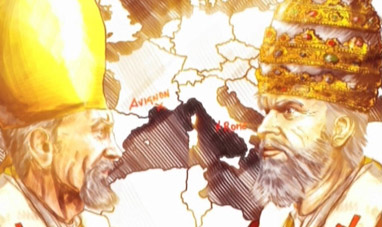

WESTERN SCHISM, THE


THE BALKAN WARS OF THE 1990S


BUILDING THE SUEZ CANAL


THE RUSSIAN CAMPAIGN


THE COLD WAR


FIRST ITALIAN WAR OF INDEPENDENCE
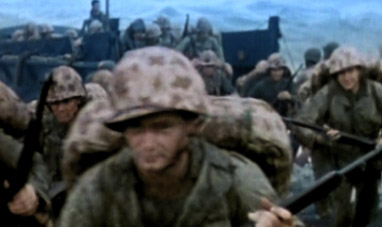

NORMANDY LANDINGS


THE KINGS OF ROME


THE RAPE OF THE SABINE WOMEN


THE BATTLE OF AUSTERLITZ


THE GREEK MILITARY COUP


THIRD ITALIAN WAR OF INDEPENDENCE


THE 2001 ARGENTINE ECONOMIC CRISIS
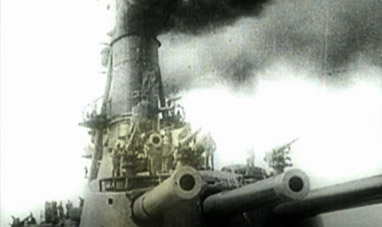

THE OUTBREAK OF WORLD WAR I
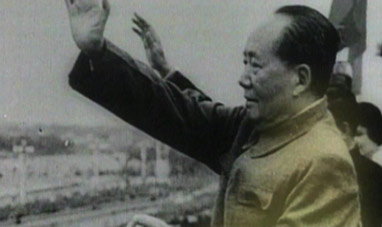

FOUNDING THE PEOPLE'S REPUBLIC OF CHINA


THE FRENCH REVOLUTION


THE VAJONT DISASTER


WORLD WAR I
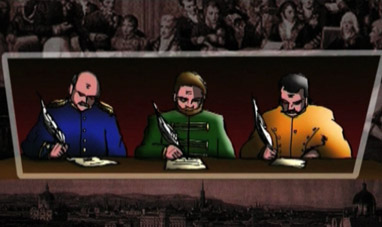

THE CONGRESS OF VIENNA
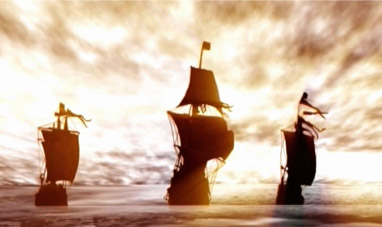

DISCOVERY OF AMERICA, THE


THE HUNGARIAN REVOLUTION OF 1956


THE MARCH ON TIANANMEN


SECOND ITALIAN WAR OF INDEPENDENCE


HIROSHIMA AND NAGASAKI
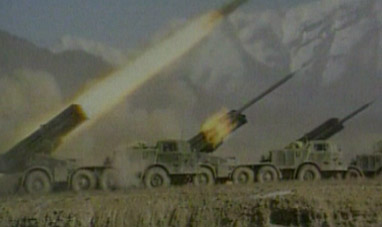

THE SOVIET INVASION OF AFGHANISTAN


THE TAIWAN ISSUE


THE MUNICH MASSACRE
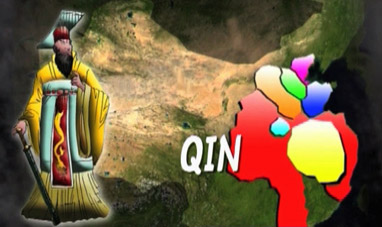

THE FIRST CHINESE EMPEROR AND THE QIN DYNASTY


PERESTROIKA


THE EXPEDITION OF THE THOUSAND
